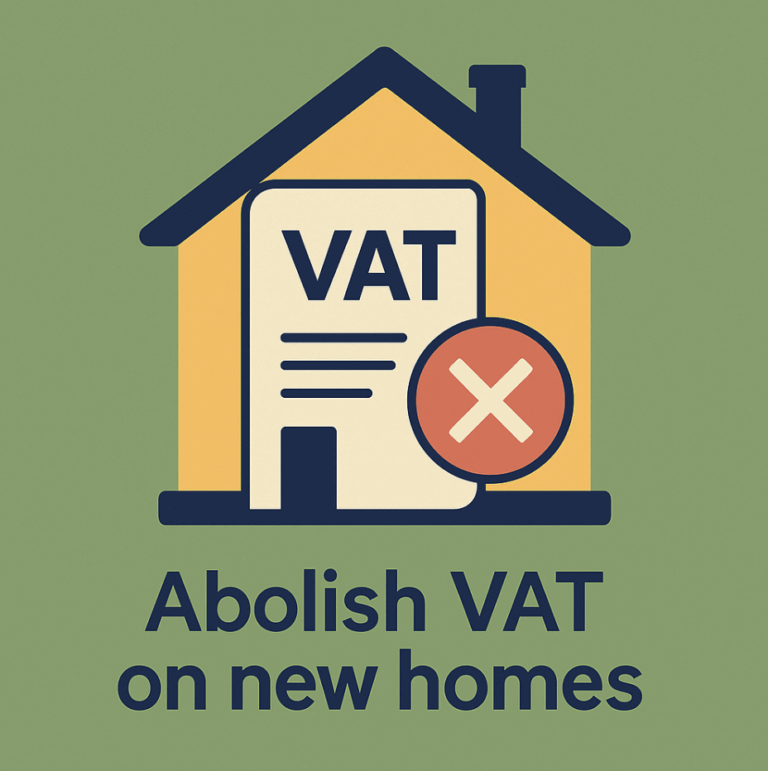Housing Market Insights – Q1 2024 Edition

In our continuous efforts to stay on top of the residential property market in Ireland, we’ve gained some valuable insights through conversations with Homely applicants, estate agents and property viewings. Here are some market trends we’ve been closely monitoring.
The significant reduction in the rental stock is undeniable and to the detriment of the renter.
The Rental Exodus
Over the past few months, we’ve noticed a sizable influx of former rental properties hitting the market for sale. These properties, often characterised by poor maintenance and in need of upgrades to meet regulatory requirements, were previously (or still are, just about) used as rental accommodation, including what used to be called ‘bedsits’, or Pre ‘63 properties. This surge underscores the depth and scope of housing challenges prevalent in Ireland. Discrepancies between CSO and RTB data regarding the number of active rental properties in the Irish market compound the issue. Nonetheless, the significant reduction in the rental stock is undeniable and to the detriment of the renter.
Many landlords now view selling their properties as a more lucrative option compared to continued renting.
RPZ Roadblocks
A significant factor contributing to this shift is the implementation of Rent Pressure Zones (RPZs), which are beginning to manifest positive outcomes. Enacted in December 2016, these caps restrict the extent to which long-term landlords can increase rents, with some limitations extending up to 7 years. While initially beneficial, there are nuances to consider.
Historically, RPZ increases were capped at the lower of general inflation or 4%, with a reduction to 2% introduced in 2021. This has led to uncapped rents rapidly outpacing long-term lets. Consequently, many landlords now view selling their properties on the open market as a more lucrative option compared to continued renting, especially amidst the backdrop of significant property price growth.
The decline in institutional investment in the Irish property sector has been profound and needs to be addressed.
Landlords’ Dilemma
Factors such as prevailing interest and mortgage rates further incentivise landlords to divest from buy-to-let properties. These measures are currently being reviewed by the government, with the outcome of such review either being expiry, or revision, in December 2024. While the future of these measures remains uncertain, expectations lean towards their extension, given their perceived success. Nevertheless, debates persist regarding their impact on housing supply and investor returns. One policy solution would be to remove the rental caps on new builds for an initial period, allowing sufficiently attractive returns for investors to invest in development, with a view to pump-priming the supply side. The decline in institutional investment in the Irish property sector has been profound and needs to be addressed. Recent figures from BNP Paribas Real Estate show first-quarter 2024 investment totaled €161.7 million, or put another way, just 15% of the 10-year average, the lowest level seen since 2013.
As Ireland approaches a general election, the prospect of huge political change looms large over housing policy.
Election Looming
As Ireland approaches a general election with a fresh(-ish) Taoiseach, the prospect of huge political change looms large over housing policy. With housing – and specifically home ownership – remaining a priority issue for voters, the outcome of the election could significantly impact future policy decisions, including the extension or modification of existing measures such as RPZ.
Buying Opportunity
As former rental properties hit the market, we see prospective owner-occupiers standing to benefit most. Unlike buy-to-let investors constrained by rental caps (absent significant upgrade works), owner-occupiers can assess property value based on personal utility rather than based on yield, potentially securing more favourable prices. The likely prospect of building upgrades by new owners, whether owner-occupier or landlords, will surely enhance the quality of our housing stock overall.
Sustained rental caps may eventually drive rental properties to the sales market, benefiting a broader spectrum of buyers.
The Great Balancing Act
While the shift from rental to sale benefits prospective buyers, it also poses challenges, particularly in terms of rental stock depletion and exacerbating rental crises. However, sustained rental caps may eventually drive rental properties to the sales market, benefiting a broader spectrum of buyers, including those seeking rent-to-own options.
In essence, the transition of former rental properties to the open market presents both opportunities and challenges. While it expands accessibility for prospective owner-occupiers and enhances property quality, it also underscores the need for balanced policies to address housing supply and affordability issues. As we navigate these dynamics, Homely remains committed to facilitating pathways to homeownership, ensuring that all individuals can realise their housing aspirations.
Ready to embark on your journey to homeownership with Homely? Take the first step today by booking in a consultation with our team now. We’re here to guide you through the process and help you achieve your homeownership goals.

